There are a variety of materials that are used for food packaging, and they serve some very important functions in the food industry. Many of the foods purchased by consumers today are contained in packaging made from materials such as paper, plastic, metal or glass. This packaging resists tampering while preserving the physical, chemical and biological properties of the food they contain. Packaging ensures that food products maintain freshness throughout their shelf lives and do not prematurely spoil or become contaminated. They can also provide nutritional information to consumers, as well as display brand names, logos and other graphic arts that serve as advertising to attract consumers.
One of the hallmarks of food packaging is the single-use design. Wrappers and containers are intended to be thrown away upon the opening or consumption of a product, often leaving packaging materials to end their lifecycles in landfills, where they may not decompose for many years, if at all or being incinerated. Approximately 60 million tonnes of plastics are produced in Europe each year, while only 30% of this is recycled.
Mono-polyethylene laminate (mono-PE) is a type of barrier film that is both flexible and recyclable. As the name implies, mono-PE is composed entirely of polyethylene (PE), as opposed to other films that are composed of multiple different materials and are laminated with PE. Mono-PE is highly temperature-resistant and easier to process and recycle than other flexible packaging materials. The flexibility gives mono-PE an advantage over polyester or nylon, which both have more rigid structures while still being laminated with PE.
Here are five reasons that mono-PE laminates are the best choice for flexible food packaging. To learn more about mono-PE and its applications in food packaging, register for this webinar.
1. More Environmentally Friendly and Supporting the Circular Economy
Consumers are increasingly paying attention to the carbon footprint, re-useability and recyclability of their purchased products’ containers in order to support a circular economy. A circular economy is one that supports a multi-cycle value chain instead of the traditional one-way value chain. Maintaining the value of products and packaging after they have been used once, by repairing, re-purposing and recycling as much as possible, ensures that material waste is minimized. The goal of a circular economy is for all materials to undergo multiple rounds of re-use and recycling. In this model, materials are not considered waste, but rather are a valuable resource to be capitalized.
Since mono-PE packaging consists of a single type of material, polyethylene, it is compatible with existing recycling streams and easier and more efficient for recycling plants to process. Other forms of flexible packaging often include multiple layers of different materials, which makes it more complex to recycle these structures.
2. Barrier Protection from Oxygen, Water Vapor and Contaminants
Mono-PE is high-performing as protective packaging for food and beverage products. It forms an excellent barrier to oxygen and water vapour, as well as to mineral oil saturated hydrocarbons (MOSH) and mineral oil aromatic hydrocarbons (MOAH). It is also heat-sealable, and the outer surface has thermal resistance.
Mono-PE not only protects food and beverage products from environmental contaminants, but it preserves freshness of the product, keeping the flavour and aroma.
3. Versatility of Package Design
Product branding and advertising is more important than ever, with the market for food products becoming increasingly competitive. Marketers must build strong brand identities to gain and retain customer loyalty. Products need to stand out on store shelves from their competitors, and one of the ways to achieve this is with premium product packaging.
Mono-PE is an excellent choice for companies looking to build a competitive brand. It is compatible with high-end graphics, has high optical clarity and is available in metallized, white, gloss or matte finishes. Premium colors and 3D effects are also possible with Mono-PE packaging. It also has printing and embossing capabilities to meet the advertising needs of any organization.
4. Physical Flexibility
Mono-PE is a flexible packaging material and is available in a wide variety of shapes, including stand-up pouches, sachets, films, bags, liners or wraps. There are advantages to these flexible packages compared to those made from more rigid materials, as they are more lightweight and require the use of less material, leading to an overall lower carbon footprint compared to rigid containers made from glass or metal.
Flexible materials usually require layers of different types of plastics, often combined with an aluminum lining, which makes recycling more complex.. Mono-PE is the first flexible packaging to be made entirely of one type of material, and provides an alternative to using aluminum foil as a barrier layer, allowing for both physical flexibility and recyclability: a combination that was previously impossible.
5. Variety of Applications
Mono-PE can be used as flexible packaging for a variety of different products, including processed food, snacks, pet food, diary, meat and fish. The tight seal that mono-PE can provide keeps these products fresh and preserves their aroma and flavor, while also protecting against contamination. It is also available in a variety of packaging formats, such as pouches, sachets or bags.
Mono-PE pouches and flow-packs are also applicable to other types of processed foods, such as meat and fish snacks, dry snacks and even pet foods. Mono-PE packages can easily be made re-sealable for customer convenience. This feature is especially important for dry snacks and pet foods, as these packages are likely to be opened and re-sealed many times before the product is completely consumed.
Finally, mono-PE makes an ideal packaging solution for dairy products, which are especially sensitive to environmental contamination and temperature changes. Wraps for butter, for example, can be made from mono-PE and are resistant to both tearing and freezing, with less than 1% light transmission. Mono-PE wraps are also ideal for packaging soft cheeses.
Mono-PE laminate combines high flexibility with recyclability, while maintaining excellent barrier functions. It also has the benefit of being available in a wide variety of shapes and formats, with a large range of printing and aesthetic options. It’s the ideal packaging for many food products in terms of barrier protection, while supporting environmental sustainability and a circular economy.
For more on mono-PE food packaging and how to make the switch from single-use multi-material laminates, register for this webinar hosted by Constantia Flexibles, a leading manufacturer of flexible food packaging in Europe.
This article was created in collaboration with the sponsoring company and the Xtalks editorial team.


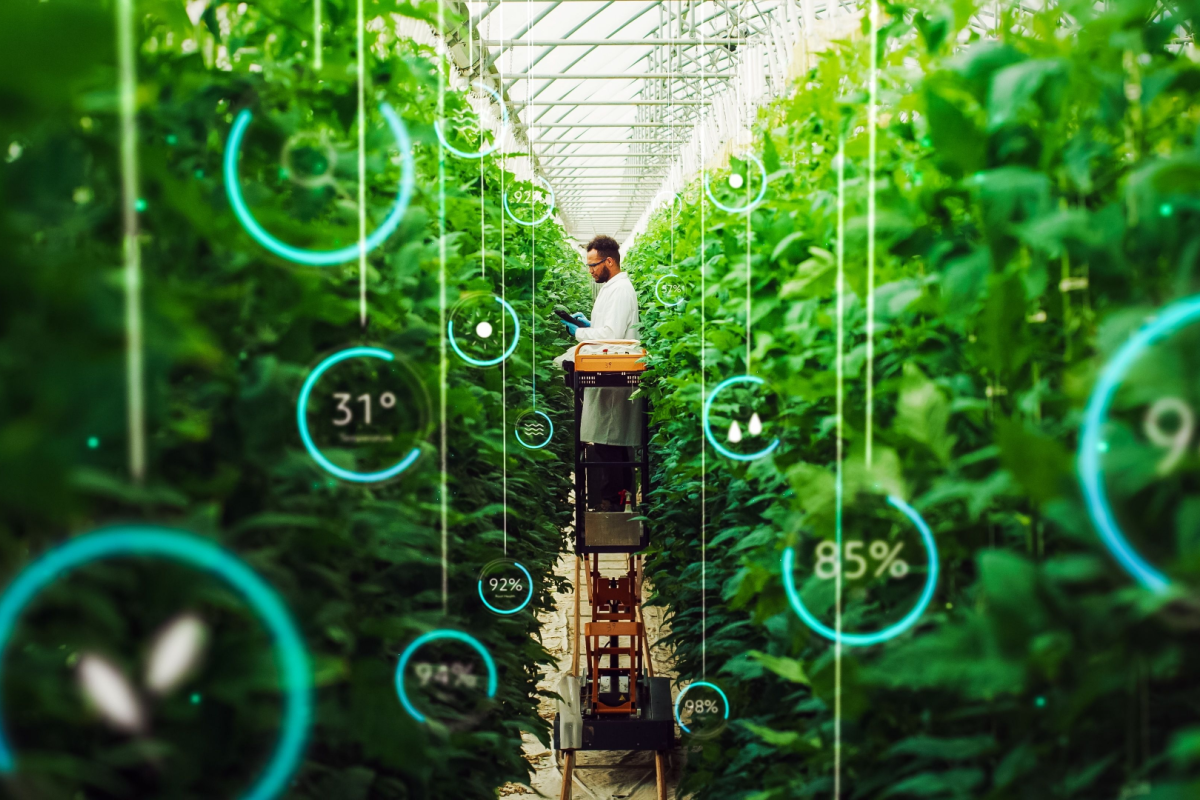
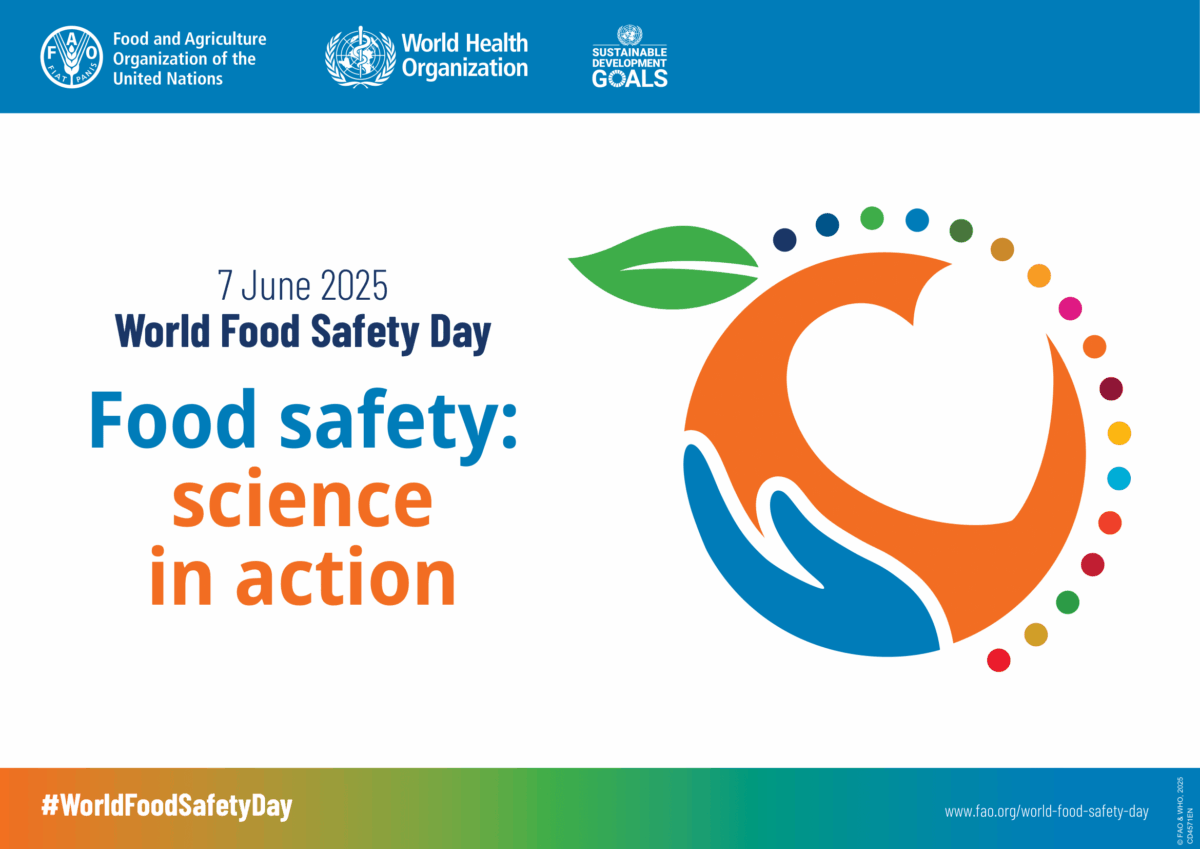
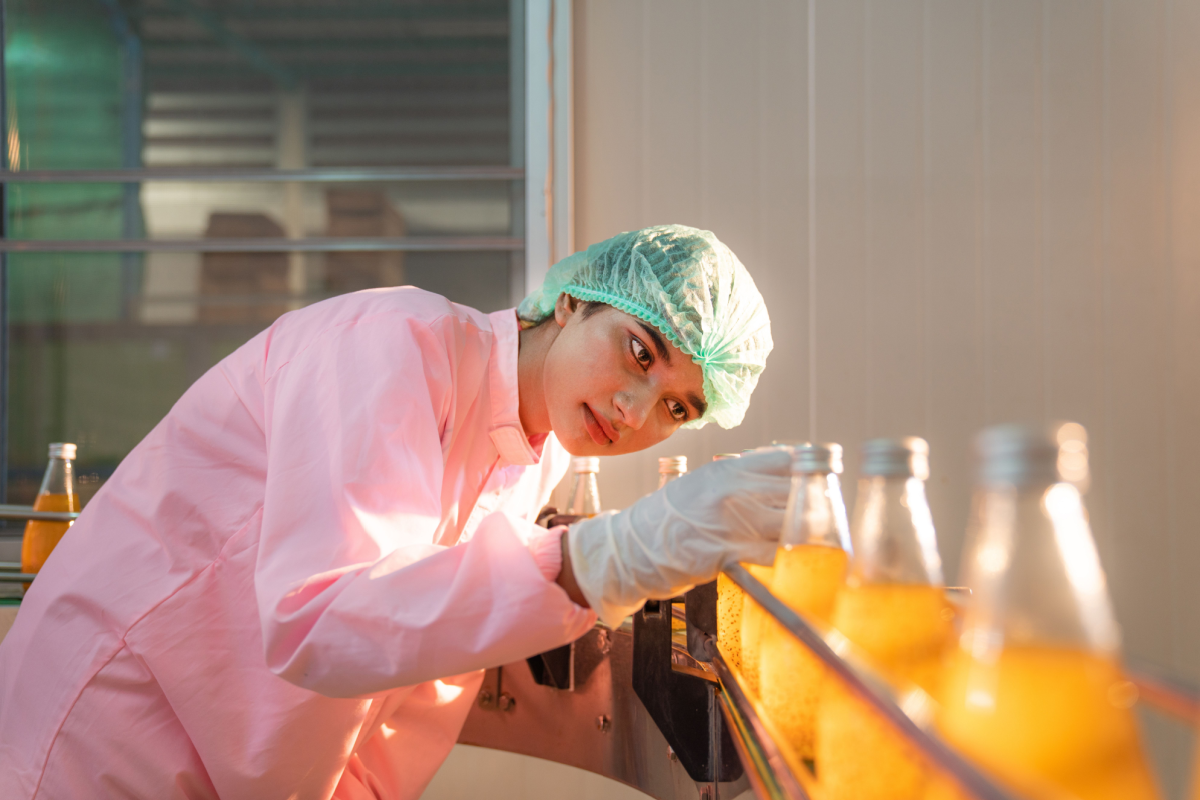
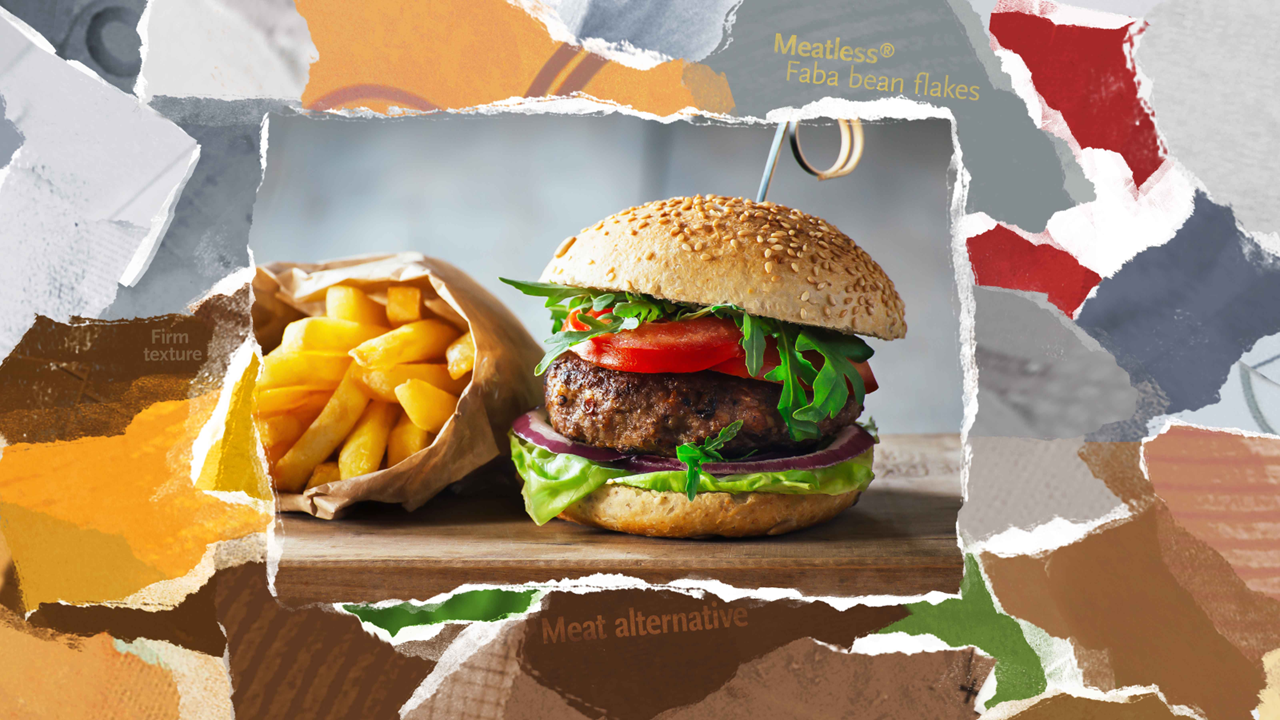
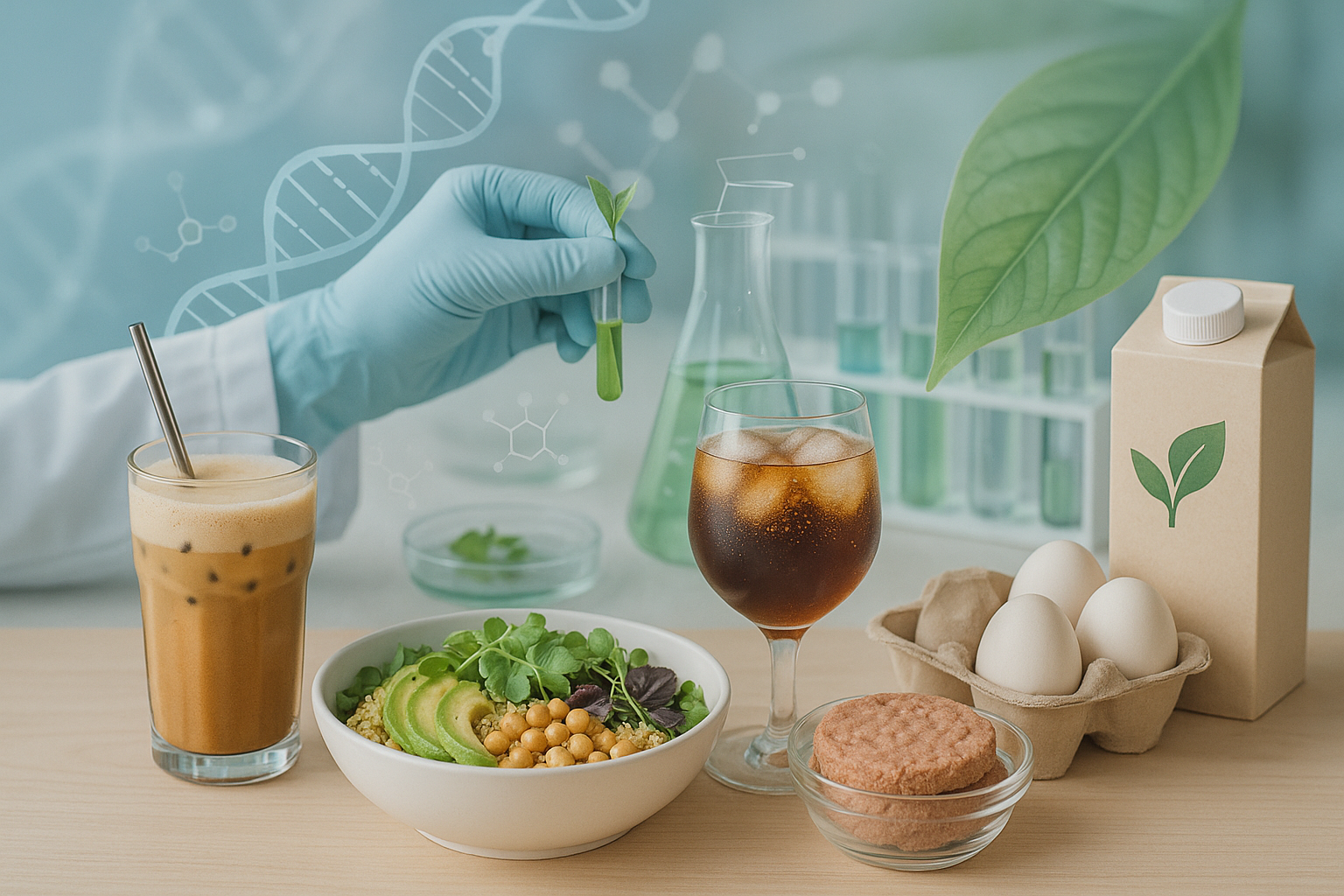



Join or login to leave a comment
JOIN LOGIN